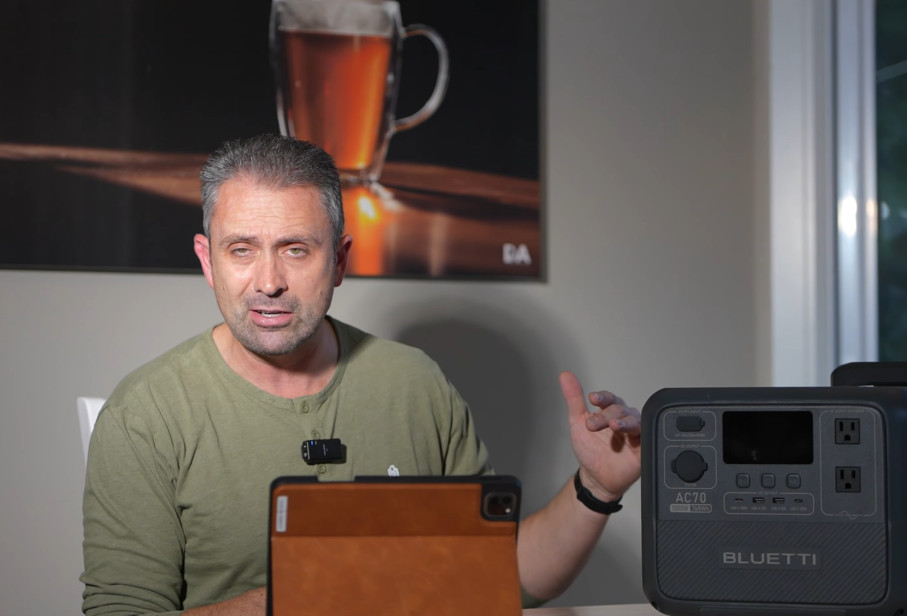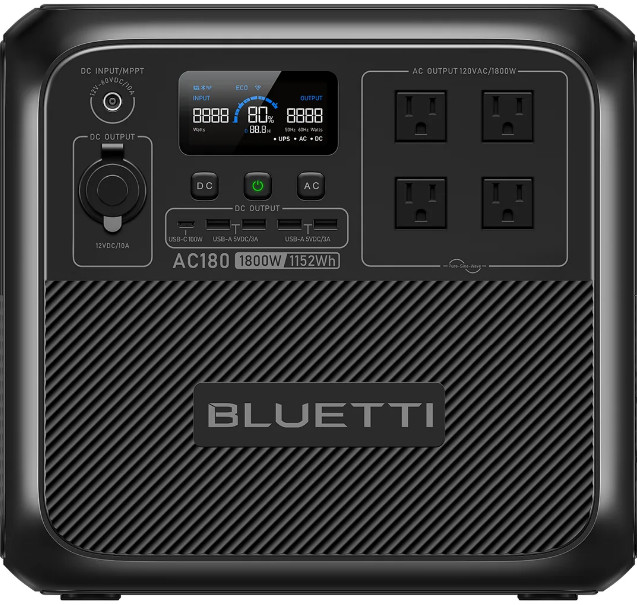How To Fix High Oil Pressure In Car: A Complete Guide

High oil pressure in your car can indicate a serious underlying issue. This guide from CARDIAGTECH.NET provides comprehensive information on diagnosing and fixing high oil pressure, ensuring your engine remains healthy. Discover practical solutions and preventative measures to maintain optimal engine performance. We’ll cover everything from identifying symptoms to implementing effective repair strategies and using specialized tools for oil pressure regulation and diagnostics.
1. Understanding High Oil Pressure in Your Car
High oil pressure occurs when the oil circulating through your engine exceeds the manufacturer’s specified range. This excess pressure can strain engine components, potentially leading to severe damage if left unaddressed. According to a study by the Society of Automotive Engineers (SAE), maintaining proper oil pressure is crucial for engine longevity. Addressing high oil pressure promptly prevents costly repairs and ensures optimal engine performance.
2. Common Causes of High Oil Pressure
Several factors can contribute to high oil pressure. Identifying the root cause is essential for effective repair. Here are the most common culprits:
- Clogged Oil Filter: A blocked filter restricts oil flow, causing pressure to build up.
- Faulty Oil Pressure Sensor: A malfunctioning sensor may provide incorrect readings, indicating high pressure when it’s normal.
- Incorrect Oil Viscosity: Using oil that is too thick can increase pressure, especially in cold weather.
- Stuck or Faulty Oil Pressure Regulator: The regulator controls oil pressure, and if it fails, pressure can spike.
- Worn Engine Components: Worn bearings or other internal parts can restrict oil flow, leading to increased pressure.
| Cause | Description | Solution |
|---|---|---|
| Clogged Oil Filter | Restriction of oil flow due to dirt and debris accumulation. | Replace the oil filter with a new, high-quality filter from CARDIAGTECH.NET. |
| Faulty Oil Pressure Sensor | Inaccurate readings sent to the car’s computer, displaying incorrect oil pressure levels. | Test and replace the sensor if necessary; CARDIAGTECH.NET offers reliable diagnostic tools for accurate testing. |
| Incorrect Oil Viscosity | Using oil that is too thick for the engine’s specifications. | Use the oil viscosity recommended by the vehicle manufacturer. |
| Stuck Oil Pressure Relief Valve | Prevents excess pressure from being released, causing pressure to build up. | Inspect, clean, or replace the relief valve; CARDIAGTECH.NET provides tools for accessing and servicing this component. |
| Worn Engine Components | Worn bearings or other parts restrict oil flow, leading to increased pressure. | Consult a mechanic for engine inspection and component replacement. |
 Clogged Oil Filter causing high oil pressure
Clogged Oil Filter causing high oil pressure
A clogged oil filter can significantly increase oil pressure by restricting flow. Replacing the filter with a high-quality one from CARDIAGTECH.NET can resolve this issue.
3. Recognizing the Signs of High Oil Pressure
Early detection of high oil pressure can prevent significant engine damage. Be alert for the following symptoms:
- High Reading on Oil Pressure Gauge: Consistently elevated readings are a primary indicator.
- Engine Noise: Unusual knocking or ticking sounds may suggest high oil pressure.
- Oil Leaks: Excessive pressure can force oil past seals, causing leaks.
- Check Engine Light: The engine’s computer may detect abnormal pressure and trigger the warning light.
- Reduced Engine Performance: High oil pressure can affect engine efficiency and power output.
4. Step-by-Step Guide to Fixing High Oil Pressure
Addressing high oil pressure involves a systematic approach to diagnose and resolve the underlying cause. Here’s a detailed guide:
4.1. Check the Oil Level and Condition
- Procedure: Use the dipstick to check the oil level. Ensure it’s within the “MIN” and “MAX” marks. Examine the oil’s color and consistency.
- Why: Low oil levels can cause the pump to work harder, while contaminated oil can clog the system.
- Solution: Add oil if the level is low. If the oil is dirty or sludgy, perform an oil change using the correct type of oil recommended by your vehicle manufacturer. CARDIAGTECH.NET offers a variety of oil filter wrenches and extraction tools to assist with this process.
4.2. Inspect the Oil Filter
- Procedure: Locate the oil filter and check for any visible damage or leaks.
- Why: A clogged filter can significantly increase oil pressure.
- Solution: Replace the oil filter. CARDIAGTECH.NET provides a wide selection of high-quality oil filters designed to maintain optimal oil flow and engine health.
4.3. Test the Oil Pressure Sensor
- Procedure: Use a multimeter to test the oil pressure sensor’s resistance. Refer to your vehicle’s service manual for the correct values.
- Why: A faulty sensor can provide inaccurate readings.
- Solution: Replace the sensor if it’s not functioning correctly. CARDIAGTECH.NET offers reliable diagnostic tools for accurate sensor testing.
4.4. Check the Oil Pressure Regulator
- Procedure: Locate the oil pressure regulator (typically near the oil pump). Inspect it for any signs of damage or blockage.
- Why: The regulator controls oil pressure, and a malfunction can lead to high pressure.
- Solution: Clean or replace the regulator if necessary. CARDIAGTECH.NET provides tools for accessing and servicing this component.
4.5. Monitor Engine Performance
- Procedure: Observe the engine’s performance after addressing the initial issues.
- Why: Monitoring helps ensure the problem is resolved and prevents further damage.
- Solution: If the high oil pressure persists, consult a professional mechanic for further diagnostics and repairs.
5. Choosing the Right Tools from CARDIAGTECH.NET
CARDIAGTECH.NET offers a range of tools that are essential for diagnosing and addressing high oil pressure. These tools can help both professional mechanics and DIY enthusiasts accurately identify and resolve oil pressure issues.
5.1. Oil Pressure Test Kit
An oil pressure test kit is indispensable for verifying oil pressure accuracy. CARDIAGTECH.NET provides high-precision test kits that connect directly to your engine, providing real-time pressure readings. This tool is crucial for determining whether the issue stems from a faulty sensor or a mechanical problem.
5.2. Oil Filter Wrenches
Removing and replacing the oil filter can be challenging without the correct tools. CARDIAGTECH.NET offers a variety of oil filter wrenches designed to fit different filter sizes and types, making the process easier and more efficient.
5.3. Diagnostic Scanners
A diagnostic scanner can read error codes from your car’s computer, helping to identify issues with the oil pressure sensor or other engine components. CARDIAGTECH.NET offers advanced diagnostic scanners that provide comprehensive system analysis and accurate troubleshooting.
5.4. Multimeters
A multimeter is essential for testing the electrical components of your car, including the oil pressure sensor. CARDIAGTECH.NET provides durable and accurate multimeters that can help you verify the sensor’s functionality and identify any electrical issues.
6. Why Regular Maintenance is Key
Preventing high oil pressure is always better than dealing with the consequences. Regular maintenance is crucial for maintaining optimal engine health and preventing oil pressure problems. Here’s how to ensure your engine stays in top condition:
- Regular Oil Changes: Follow the manufacturer’s recommended oil change intervals. Fresh oil ensures proper lubrication and prevents sludge buildup.
- Quality Oil Filters: Use high-quality oil filters to trap contaminants and maintain oil flow.
- Correct Oil Viscosity: Use the oil viscosity recommended by your vehicle manufacturer, especially during seasonal changes.
- Engine Inspections: Periodically inspect your engine for leaks, unusual noises, and other signs of potential problems.
7. Understanding Oil Viscosity
Oil viscosity refers to the oil’s resistance to flow. Using the correct viscosity is critical for maintaining proper oil pressure and engine lubrication.
- Too Thick: High viscosity oil can increase oil pressure, especially in cold weather.
- Too Thin: Low viscosity oil may not provide adequate lubrication, leading to engine wear.
- Manufacturer Recommendations: Always adhere to the oil viscosity recommended by your vehicle manufacturer.
| Oil Type | Viscosity | Recommended Use |
|---|---|---|
| Synthetic Oil | 5W-30 | Suitable for most modern engines; provides excellent protection in a variety of temperatures. |
| High Mileage Oil | 10W-40 | Ideal for older engines with more than 75,000 miles; helps to reduce leaks and oil consumption. |
| Conventional Oil | 5W-20 | Suitable for older vehicles and warmer climates; provides adequate lubrication but may not offer the same level of protection as synthetic oils. |
| Synthetic Blend Oil | Varies | Combines the benefits of synthetic and conventional oils; offers enhanced protection compared to conventional oil and is suitable for a range of vehicles. |
8. The Role of the Oil Pressure Regulator
The oil pressure regulator is a critical component in maintaining consistent oil pressure. It is designed to:
- Control Pressure: Regulate oil pressure to prevent it from exceeding safe levels.
- Relieve Excess Pressure: Open a valve to release excess pressure when it reaches a certain threshold.
- Maintain Stability: Ensure a steady oil pressure, even under varying engine loads and speeds.
A faulty oil pressure regulator can lead to:
- High Oil Pressure: If the regulator is stuck or malfunctioning, it may fail to relieve excess pressure.
- Low Oil Pressure: If the regulator is stuck open, it may cause oil pressure to drop below the required level.
- Engine Damage: Both high and low oil pressure can cause significant engine damage if not addressed promptly.
9. When to Consult a Professional Mechanic
While some oil pressure issues can be resolved with DIY maintenance, certain situations require the expertise of a professional mechanic. Consult a mechanic if:
- High Oil Pressure Persists: After performing basic checks and maintenance, the problem continues.
- Engine Damage is Suspected: There are signs of significant engine damage, such as loud knocking or oil leaks.
- Complex Repairs are Needed: The issue requires specialized tools or expertise, such as engine disassembly or component replacement.
10. Addressing Erratic Engine Performance
A bad oil pressure sensor can lead to erratic engine performance. Here are the common signs and solutions:
- Signs of a Faulty Sensor:
- Erratic engine performance
- Noticeable increase in fuel consumption
- Engine takes longer to warm up
- Engine misfires, accompanied by loud noises
- The “Check Engine” light illuminates on the dashboard
- Solution:
- Check and replace the oil pressure sensor
 Engine misfires due to incorrect pressure readings
Engine misfires due to incorrect pressure readings
Engine misfires and loud noises may indicate a faulty oil pressure sensor. CARDIAGTECH.NET offers reliable diagnostic tools to identify and resolve such issues.
11. Common Oil Pressure Problems and Solutions
Here are three common oil pressure problems, along with their solutions:
-
Low Oil Pressure Levels
- Causes: Defective or worn-out oil pump, clogged oil filter, incorrect oil viscosity, or a dirty oil pan.
- Solutions: Inspect the engine for physical abnormalities, replace worn-out parts, and use the correct oil viscosity.
-
High Oil Pressure Levels
- Causes: Too much oil in the engine or a defective oil pressure regulator.
- Solutions: Check the engine oil level, drain excess oil, and replace the oil pressure regulator.
-
Air in the Oil System
- Causes: A leak in the oil lines or seals, or a defective oil filter.
- Solutions: Trace the source of the leak and repair or replace the faulty component.
12. Key Takeaways
Addressing high oil pressure promptly can prevent significant engine damage. Here’s a summary of the key steps:
- Identify the Cause: Determine the underlying cause of the high oil pressure, such as a clogged filter or faulty sensor.
- Take Corrective Action: Implement the appropriate solutions, such as replacing the filter, sensor, or regulator.
- Reduce Engine Stress: Drive at lower speeds and avoid sudden accelerations.
- Regular Maintenance: Perform regular oil and filter changes.
- Professional Inspection: If the issue persists, consult a professional mechanic.
13. Optimizing Performance with Quality Tools
Using high-quality tools can significantly improve the accuracy and efficiency of your oil pressure maintenance. CARDIAGTECH.NET provides a comprehensive range of tools and equipment tailored to meet the demands of modern automotive repair.
13.1. Diagnostic Tools
CARDIAGTECH.NET offers state-of-the-art diagnostic tools designed to accurately identify and diagnose oil pressure issues. These tools provide:
- Real-Time Data: Accurate, real-time readings of oil pressure levels.
- Error Code Analysis: Quick identification of error codes related to the oil pressure system.
- Component Testing: Comprehensive testing of sensors, regulators, and other critical components.
13.2. Repair and Maintenance Tools
CARDIAGTECH.NET provides a wide array of tools designed to facilitate efficient and effective repair and maintenance of your oil pressure system, including:
- Oil Filter Wrenches: Ensuring easy and secure removal and installation of oil filters.
- Socket Sets: High-quality socket sets for accessing and servicing various engine components.
- Inspection Cameras: Allowing for thorough inspection of hard-to-reach areas within the engine.
14. Frequently Asked Questions (FAQ)
1. What is the normal range of oil pressure for my vehicle?
- The normal range is typically between 20 and 65 PSI, but check your vehicle’s manual for specific recommendations.
2. What are some common causes of high oil pressure?
- Incorrect oil grades, clogged oil filters, engine wear, excessive oil levels, and excessive engine heat.
3. How should I check the oil pressure in my vehicle?
- Locate the oil pressure gauge on the dashboard, start the engine, and observe the reading.
4. What are the symptoms of high oil pressure?
- Loud knocking noises, decreased engine performance, increased engine temperature, and oil leaks.
5. How do I fix a problem with high oil pressure?
- Identify the cause and take appropriate action, such as replacing the oil filter or repairing a faulty component.
6. Can I drive with high oil pressure?
- It is not recommended, as it can cause serious engine damage. Address the issue as soon as possible.
7. How often should I change my oil and filter?
- Follow the manufacturer’s recommended oil change intervals, typically every 3,000 to 7,500 miles.
8. What type of oil should I use in my vehicle?
- Use the oil type and viscosity recommended by your vehicle manufacturer.
9. What is an oil pressure regulator and what does it do?
- It is a valve that controls oil pressure to prevent it from exceeding safe levels.
10. Where can I find reliable tools for diagnosing and fixing oil pressure issues?
- CARDIAGTECH.NET offers a wide range of high-quality tools and equipment for all your automotive repair needs.
15. Exclusive Offer
For a limited time, CARDIAGTECH.NET is offering a special discount on oil pressure test kits and diagnostic scanners. Visit our website or contact us at +1 (641) 206-8880 to learn more and take advantage of this offer.
16. Call to Action
Is high oil pressure causing you headaches? Don’t let it damage your engine! Contact CARDIAGTECH.NET today at +1 (641) 206-8880 for expert advice and the best tools to diagnose and fix the problem. Our team is ready to help you keep your engine running smoothly and efficiently. Visit our website CARDIAGTECH.NET or stop by our location at 276 Reock St, City of Orange, NJ 07050, United States. Act now and ensure your engine’s longevity with CARDIAGTECH.NET!

Power Up with CARDIAGTECH.NET
Ensure Your Repairs Never Stop: High-Performance Tools for Every Automotive Need
$999.00 | Shop Now!




